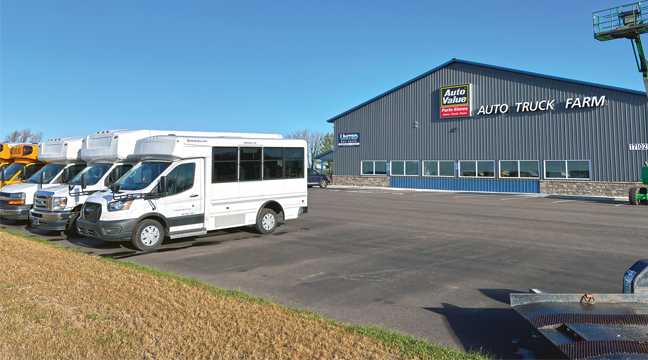The 2017 Minnesota Legislative session is over, but not before the addition of a special session to get budget bills passed.
Tuesday, Keith Carlson, Executive Director for the Minnesota Inter-County Association, (MICA) gave the Sherburne County Board an end-of-session update on the effects of the lawmakers’ decisions at the session.
Carlson called his report “The Good, the Bad and the Ugly.”
He said the good news is, the county will receive a program aid increase of $357,622; $21,958 in additional funding for community corrections; $4,127 in additional aid for child welfare out-of-home placements and some property tax relief.
“Your commercial and industrial properties should be able to look forward to some relief because the state property tax will no longer apply to the first $100,000 of value beginning next year,” he said.
He said there was a longer “bad” list.
“Despite representations to the contrary, very little transportation funding came to the counties,” he said.
The biggest gain was $940 million in bonding, but that was for state trunk highways. About $23 million will go to counties for transportation in fiscal 2018 and another $24.8 million in 2019. That equates to about $231,000 in 2018 and $249,000 in 2019 for Sherburne County.
“Under current projections, that should increase by roughly 50% in the following biennium,’ he said “but until this legislature sets its actual budget, I wouldn’t necessarily count on that.”
Bridge bonding received just $41.7 million and the local road competitive grant program received $25.3 million - far less than what was requested, said Carlson.
“I think bottom line is, it really reinforced the line that you’re really on your own in terms of your transportation funding,” he said. “And I think the county has recognized that.”
Carlson said the county also took a hit in Human Services. Counties will be covering 18% of the cost of MNChoices - the program that screens individuals looking at the possibility going into nursing homes. That could total about $11 million across the state.
There was no further investment in the Minnesota Eligibility Technology System (METS) that determines eligibility for the medical assistance program.
“That leaves counties with hundreds of hours of manual work-arounds to get people qualified and keep them qualified,” said Carlson. “It could have been worse. At one time they were talking about a $40 million cut in this area.”
He said here are going to be some extraordinary challenges in the state’s funding of the medical assistance program. To minimize cuts in the current biennium, the state dipped into its healthcare access fund for $389 million to keep medical assistance afloat.
“Unfortunately, those are one-time funding sources. The primary revenue for that fund, the two-percent provider tax, is expiring at the end of 2019,” said Carlson, “and there’s a big question mark where they’re going to come up with the money to sustain this.”
He said with the new adminstration in Washington, both MNcare and the medical assistance program are at substantial risks at the federal level as well.
MNCare serves 90,000 people in Minnesota with subsidies of over $400 million a year. And under the expansion of Medicare eligibility, 168,000 single adults are being federally subsidized at 95%.
“Now Congress is talking about cutting back on that funding,” he said. “That compounds the problems the state will be facing, and unfortunately, I think that compounds the problems the counties will be looking at a couple of years from now.”







